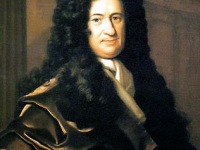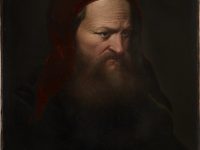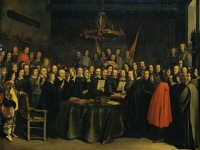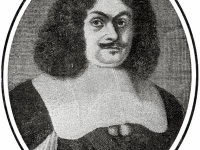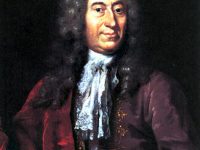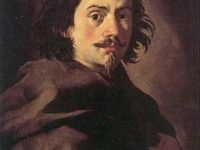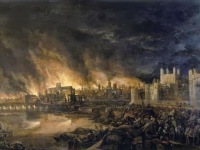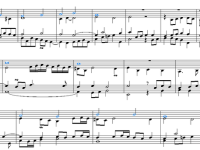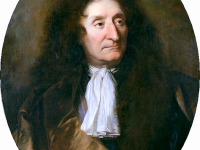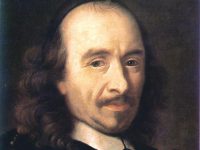Leibniz and the Invention of the Integral Calculus
On November 11, 1675, German mathematician and polymath Gottfried Wilhelm Leibniz demonstrates integral calculus for the first time to find the area under the graph of y = ƒ(x). Integral calculus is part of infinitesimal calculus, which in addition also comprises differential calculus. In general, infinitesimal calculus is the part of mathematics concerned with finding tangent lines to curves, areas under curves, minima and maxima, and other geometric and analytic problems. Today, Gottfried Wilhelm Leibniz…
Read more

